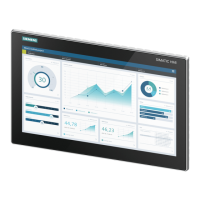
Do you have a question about the Siemens SIMATIC HMI Unified Comfort MTP700 and is the answer not in the manual?
| Resolution | 800 x 480 pixels |
|---|---|
| Power Supply | 24 V DC |
| Touchscreen | Yes |
| Display Size | 7.0 inches |
| Touch Technology | Projected capacitive |
| Communication Interfaces | Ethernet, USB |
| Operating Temperature | 0°C to 50°C |
| Display Type | TFT LCD |
| Protection Type | IP65 (front), IP20 (rear) |
| Memory | 4 GB Flash |
Explains the objectives and content of the operating instructions for HMI devices.
Outlines the general knowledge needed to understand the manual.
Details which HMI devices and software the instructions apply to.
Provides a general description of the SIMATIC HMI Unified Comfort Panels and their advantages.
Lists the components included with the HMI device.
Describes the physical layout and features of the HMI devices.
Details the various connection interfaces available on the HMI device.
Lists optional accessories and kits for the HMI device.
Explains the role and integration of the HMI device in automation processes.
Covers available SIMATIC Apps, Add-ons, and software options.
Provides fundamental safety guidelines for operating HMI devices.
Details measures for protecting HMI devices and data.
Explains Siemens' approach to data protection and user responsibilities.
Provides important notes regarding the proper usage environment and conditions.
Specific warnings and requirements for operating devices in hazardous environments.
Steps before installing the HMI device, including checks and site preparation.
Guidance on physically installing the HMI device into a mounting cutout.
Instructions for attaching strain relief components to cables for secure mounting.
Details on connecting power, data, and other interfaces to the HMI device.
Procedure for safely disconnecting and removing the HMI device.
Overview of methods for interacting with the HMI device.
Critical information and precautions for using the capacitive multi-touch screen.
Details on touch gestures recognized by the HMI for operation.
Information on the on-screen keyboards for data input.
Guide to accessing functions and apps via the taskbar.
Step-by-step procedure for setting up and preparing the HMI device.
Explanation of memory types and usage for data storage and backup.
How to access the Control Panel and its main interface.
Summary of available functions within the Control Panel.
Access to device information like firmware and serial number.
Settings for display orientation and brightness.
Configuration options for the screensaver, including wait time and brightness.
Procedure for updating the device's operating system.
Options for restarting the HMI device.
Monitoring and managing the internal flash memory of the device.
Settings related to automatic project start and runtime behavior.
Configuration of network settings and interfaces.
Management of user accounts, passwords, and certificates.
Configuration of hardware interfaces like USB and memory card slots.
Settings for date, time, language, and regional formats.
Defining how and when data is transferred to the HMI device.
Procedure for updating the device's operating system.
Process for backing up device data to external storage.
Configuring automatic backup to a system memory card.
Procedure to restore device data from a backup.
Setting up trace outputs for diagnostics and service.
Managing installed applications on the HMI device.
Managing settings for SIMATIC Edge and Edge apps.
Information on pre-installed third-party applications.
Uninstalling or configuring installed applications.
General introduction to data transfer and configuration phases.
Explanation of offline, online, and transfer modes.
Table showing data transfer capabilities via different interfaces.
Configuring the PC interface for Ethernet communication.
Step-by-step guide to transferring projects from WinCC to the HMI.
Procedures for backing up and restoring HMI device data.
Process for updating the HMI device's operating system.
How to restore the HMI device to its original factory settings.
General guidelines for servicing and repairing the HMI device.
Instructions for cleaning the touch screen and front panel.
How to enter maintenance mode for device troubleshooting.
Information on obtaining spare parts and repair services.
Guidelines for environmentally sound recycling and disposal of the device.
Details on software licenses, including open source components.
Overview of CE marking, UL, FM, ATEX, and other certifications.
Information on EMC directives and interference resistance.
Specifications for storage and operating conditions like vibration and shock.
Permitted temperature, humidity, and pollutant levels for operation.
Details on insulation tests, protection class, and IP ratings.
Technical drawings showing the physical dimensions of devices.
Detailed technical data for various HMI device models.
Key connectivity details for device interfaces.
Supported controllers and communication drivers for HMI integration.
Performance limits and capabilities when using WinCC.
Information on how to get technical assistance and support from Siemens.
Information on common error messages and their solutions.
Links to resources for practical use cases and frequently asked questions.
Information on device status notifications and system events.
Details about Siemens AG as the manufacturer.
Explanation of safety symbols used on the device and documentation.
List of common acronyms and their meanings used in the manual.
Definitions of key terms used in the manual.

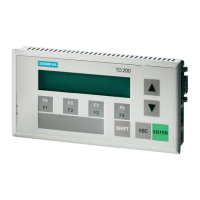
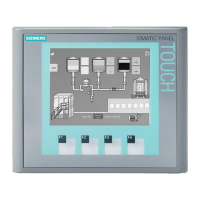




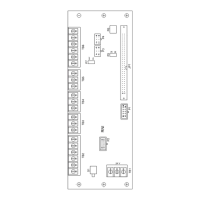

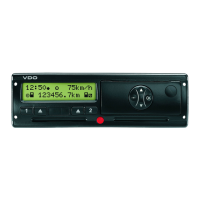
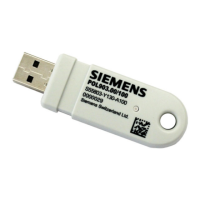

